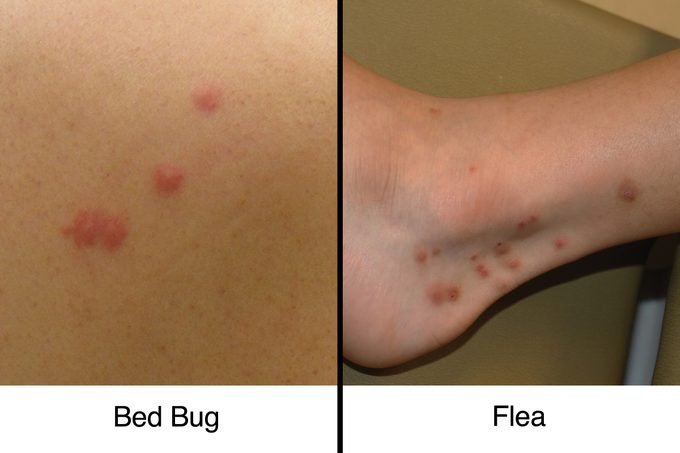Flea bites and bed bug bites are often mistaken for each other. They’re both irritating, but they are not the same. Fleas tend to be smaller than bed bugs and typically bite in one place – their mouth – while bed bugs might bite anywhere on your body.
Common signs of flea bites are small red welts that may itch, itchy rashes, or swelling. Bed bug bites can vary in size but tend to look like a cluster of red bumps with a bright red welt in the center that is sometimes surrounded by black dots or dark brown scabs.
If you think you might have been bitten by either fleas or bed bugs, immediately seek medical attention. These pests can cause skin rashes, allergies, and allergic reactions that may lead to asthma.
Flea Bites vs Bed Bug Bites: What to Do if You Infested with the Bugs

An Overview of Fleas and Bed Bugs
Fleas and bed bugs are some of the most notorious parasitic species that can be found on humans. They are also some of the nastiest and most dangerous bugs that bite humans.
Fleas: Fleas are usually small wingless insects that can be seen jumping on people or other animals. They live in and feed on warm-blooded animals such as cats, dogs, ferrets, rabbits, chickens, and rats.
Bed Bugs: Bed bugs are often called “Cimex lectularius” or “Cimex hemipterus” depending on their species. They can live for a few months without feeding, mostly hiding in seams or cracks in furniture or walls.
What are Bed Bug Bite Symptoms?
Bed bug bites are not always visible, but they can be felt. The bed bug bites are usually found on the lower back and the legs of a person, and they are often mistaken for mosquito or flea bites.
Bed bugs are nocturnal insects that feed on human blood. They like to hide in mattresses, box springs, and the folds of sheets and blankets. They usually bite humans while sleeping or when someone is resting on the bed. Bed bugs aren’t always be seen; they can be seen only with close inspection of their droppings or their eggs which often look like specks of dust on fabric.
Bed bug bites cause an itchy rash that spreads quickly across a person’s body which is usually red in color with little bumps around it.
What Happens When a Flea Bites You?
Fleas and other parasites can spread by biting a host, which contaminates the skin with saliva or feces before they feed. In the United States, about 75% of flea bites are on the ankles and lower legs.
Fleas are very tiny, but they can cause a lot of issues. The effects of flea bites vary depending on what the contaminated saliva or feces contain.
In many cases, fleas’ saliva can cause an allergic reaction in a contact’s skin and cause more itching in some people than just the actual bite itself. In other cases, it causes an infection that leads to swelling and redness around the site of where it was bitten.
How Do Fleas and Bed Bugs Differ?
Fleas are an insect that infests the fur and skin of animals, primarily dogs and cats. They typically live on the host for a few months before they jump to a new host. Fleas reproduce through the eggs they lay on their hosts as well as through parthenogenesis – where they can reproduce without males. Bed bugs are not insects but rather parasitic arthropods that feed on blood, leaving itchy bites behind. Their bites can cause allergic reactions in humans and pets alike due to their saliva being toxic.
How to Know if You Have a Flea or a Bed Bug Bite
Your first course of action should be to determine whether a flea or bed bug bite is present. When a flea bites you, they inject an anticoagulant that can cause swelling and redness. This will often lead to itching and irritation. Bed bug bites are usually painless and not associated with itching.
What to Do When You’ve Been Bit by Either One of Them
If you suspect that you have been bitten by a bed bug, it is important to wash the area of skin under your clothes with soap and water as soon as possible after sleeping in an infested area. If the skin is already red or swollen, apply hydrogen peroxide or alcohol gel to the affected area.